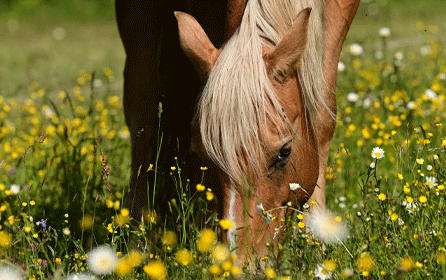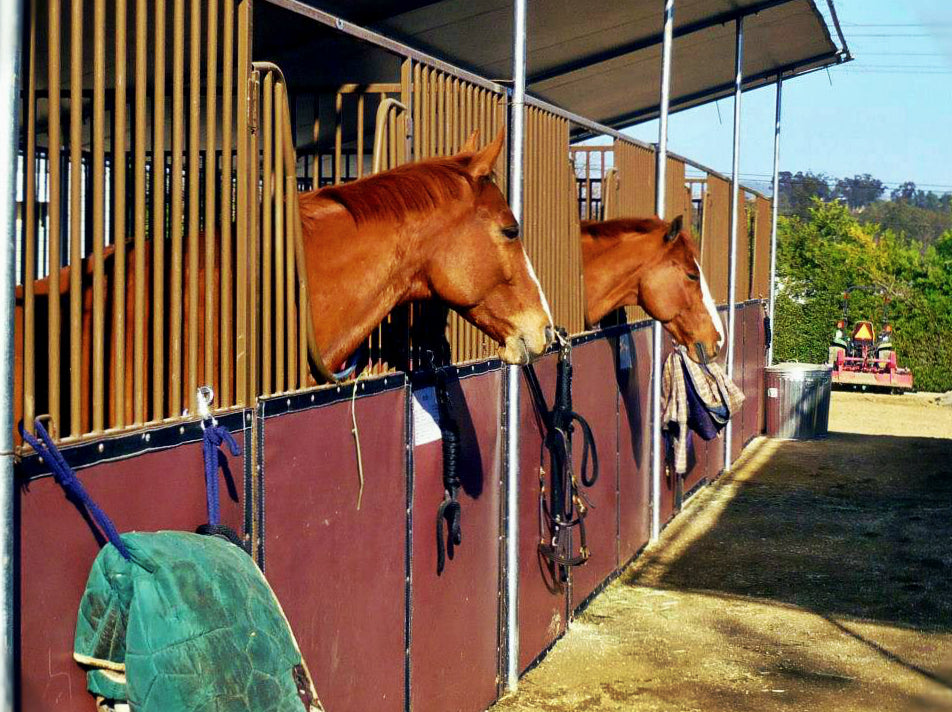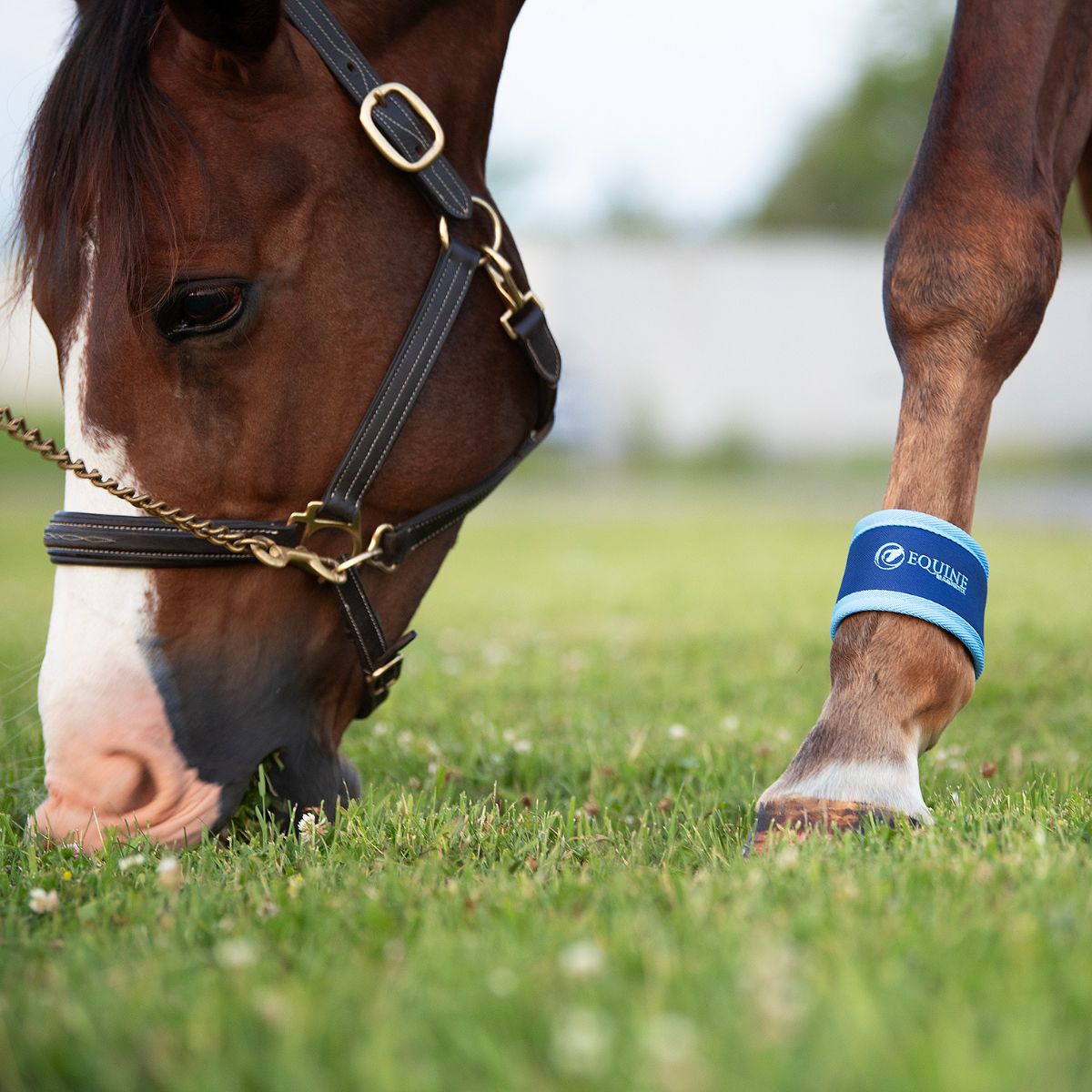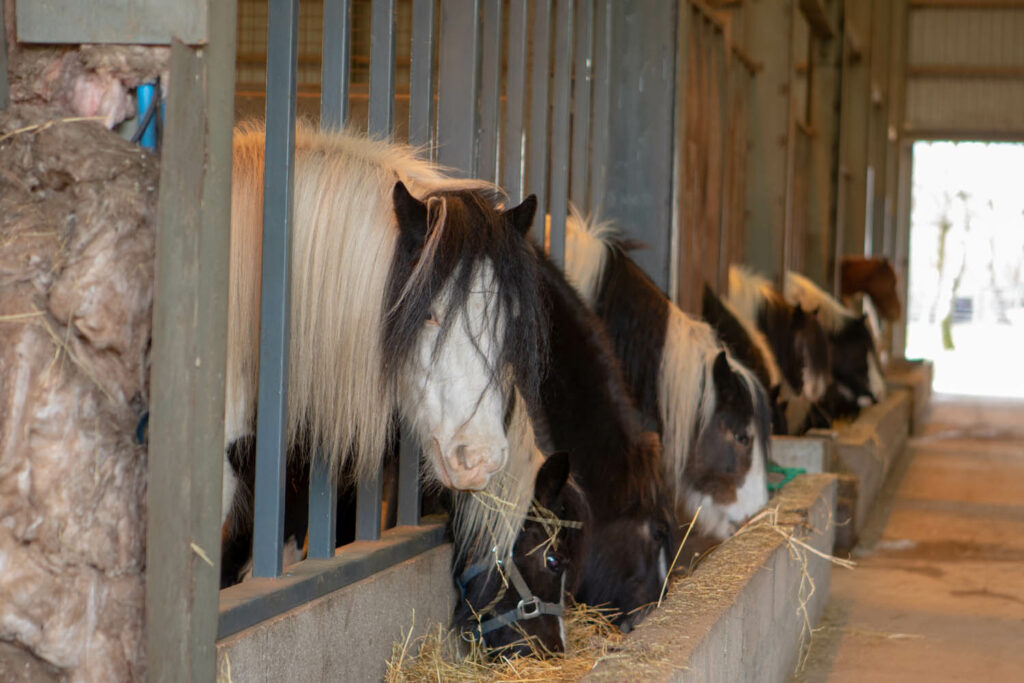How to Manage a Horse’s Turnout: A Comprehensive Guide

Turnout is an essential aspect of horse care, providing your horse with the opportunity to exercise, socialize, and enjoy fresh air. Proper management of turnout can improve your horse’s physical health, mental well-being, and overall happiness. This article will guide you through the best practices for managing your horse’s turnout effectively.
Why Turnout is Important

- Physical Exercise: Turnout allows horses to move freely, which helps maintain muscle tone, joint flexibility, and cardiovascular health.
- Mental Health: Being outdoors and socializing with other horses reduces stress and boredom.
- Natural Behavior: Turnout encourages natural behaviors such as grazing, rolling, and playing.
Planning Your Horse’s Turnout

Choosing the Right Space

- Size: Ensure the turnout area is large enough for your horse to move freely. A minimum of 1 acre per horse is recommended.
- Fencing: Use safe, visible fencing such as wooden rails or high-tensile wire with visibility markers.
- Shelter: Provide access to shelter from sun, wind, and rain.
Surface and Ground Conditions
- Drainage: Good drainage prevents muddy conditions that can cause hoof problems.
- Grass Quality: Maintain healthy pasture with appropriate grass species and avoid toxic plants.
Daily Turnout Management
| Task | Description | Frequency |
|---|---|---|
| Check Fencing | Inspect for damage or hazards | Daily |
| Remove Manure | Helps maintain pasture quality and reduce parasites | Weekly |
| Monitor Horse Health | Look for signs of injury or illness | Daily |
Safety Tips
- Introduce new horses gradually to prevent aggression.
- Avoid turnout during extreme weather conditions.
- Ensure water sources are clean and accessible.
Frequently Asked Questions (FAQ)
Q1: How long should a horse be turned out each day?
A: Ideally, horses should have at least 4-6 hours of turnout daily to meet their physical and mental needs.
Q2: Can horses be turned out together?
A: Yes, but introductions should be slow and supervised to ensure compatibility.
Q3: What if my pasture gets muddy?
A: Rotate turnout areas and improve drainage to prevent mud-related health issues.
Conclusion
Managing your horse’s turnout effectively requires attention to space, safety, and daily care routines. By following these guidelines, you can ensure your horse remains healthy, happy, and well-exercised.
For more detailed advice, consult with your veterinarian or an equine specialist.
